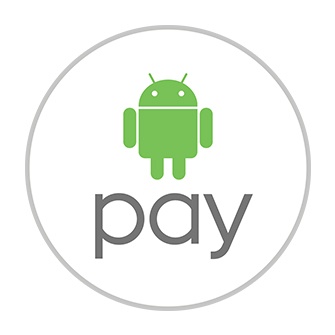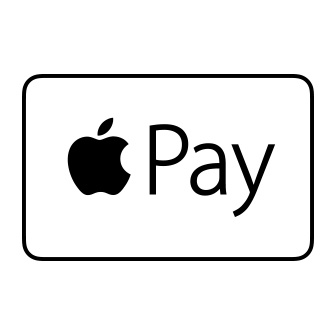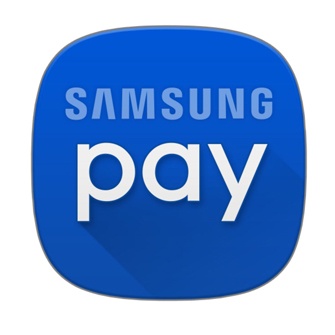Digital marketing has become paramount in today’s business landscape. If you’re not reaching out to your audience online, then you’re losing the lion’s share in your market to your competitors who are marketing online.
Whether you’re an established small business or a promising startup, there’s no excuse for not having a sustainable digital marketing strategy anymore. Even if you have a marketing plan in place, there’s really no guarantee that your plan works well until after you’ve seriously tested and tweaked everything.
If your digital marketing plan isn’t producing the incredible results you’re expecting, it’s likely that your small business is making the following mistakes right now. Become aware of these issues, and make sure you’re not falling victim to these common mistakes.
1. Your strategy doesn’t resemble a “strategy” at all
Building a website or a Facebook page doesn’t qualify as a strategy in the strictest sense. What matters is how you use these online channels to achieve the goals you’ve set forth with your plan.
When it comes to building a business website, for instance, you need to find a way to use it as a platform to sell your products and services. Aside from creating landing pages for each salable item that you have, you need to find a way to attract an audience who will find interest in the things you’re selling. One way of doing this is to create compelling content that’s worth sharing. This is beneficial for long-term SEO purposes, as well as increasing overall visibility of your brand once your content gets shared on social media.
By increasing your website traffic from your target market, you should expect to convert a fraction of those into customers or clients. Not to mention, a strategy is never a one-and-done thing – you should commit to a strategy for a prolonged period to see the product of your labor come to fruition.
By coming up with sustainable tasks with your website that are focused towards a single goal and are implemented on a consistent basis, you now have a strategy that you can scale and improve so you can increase your conversion rate.
2. You don’t stand out from the rest of the pack
With the thousands, if not millions, of online businesses in your respective niches, you need to be special to make a lasting impression on your audience. If your business doesn’t separate itself from your competitors, then you have a big problem.
The bulk of the issue can be attributed to your inability to identify a unique value proposition for your online business and clearly communicate it through your preferred channels. Does your company compete on price? Maybe your site has specialized knowledge on website builder comparisons or online marketing. To actually identify your value proposition, you need to learn how to do competitive research. This means taking a closer look at the online activities of your best competitors and see the good and the not-so-good things they’re doing.
By getting a better idea of their online habits and what they do to make their audience tick, you will have a greater understanding of what you must do to separate yourself from them.
Most of the data from competitor research is drawn from research tools like BuzzSumo, Ahrefs and others. Using either allows you to uncover the sites linking back to them and how they can do so, among other things. You can also analyze how each of their best-performing pages is constructed so you can replicate their technique and put a twist of your own. By interpreting the data correctly, you will be able to create content that resonates with your target market.
3. You don’t deliver what you promise
While I’ve touched on the importance of consistency, it deserves to be mentioned again. Business owners should be in it for the long haul, which means that their ventures are a marathon and not a sprint. It doesn’t matter how fast you start – what is important is how you finish.
A component of consistency is setting out what you promised to your audience. If you can’t comply with your self-imposed number of blog posts or newsletters in a week, then you risk losing the trust of your readers. The fact that you can’t adhere to your rules is telling of your commitment, not to your business, but to your audience, your inability to comply to your word is indicative of how terrible your business is.
Internally at X3 Digital, to avoid losing the respect of our audience, my design agency makes sure that we practice consistency to temper audience expectation and keep people satisfied with our rate of production. Even if you feel understaffed and overworked, there are ways to work around these obstacles. You can always outsource smartly so you can delegate the menial tasks and focus on gauging the results. You can also look into marketing automation solutions so you can set pieces of your workflow into autopilot and put your mind at ease.
4. Your analytic data is lacking
At the very heart of digital marketing is one’s ability to learn from mistakes. As a business owner, you need to learn how to take failures in stride and learn from them so you can apply them to your next campaign. However, tracking every move you make is another discipline in and of itself.
Private Party Band, a Florida-based corporate and wedding band, had been running new ad campaigns for their business, but had no KPIs or valuable analytics in place to track the success of their ad campaigns. This is an all-too-common mistake small businesses make when launching new set of ads for social media, starting a blog for your company or sending emails to your subscribers.
You need to find a way to measure the performances of each; this way, you can analyze the information into bite-sized data for you to review later on. From here, you can gauge which campaigns worked, which didn’t and why. Understanding what makes for a successful campaign starts with setting up your tracking tools so you can keep learning and get better at promoting business online.
For starters, you need to learn how to use Google Analytics and align your website with your goals. While the tool covers lots of data to help your site succeed, you may need to other analytics tools that let you conduct A/B testing, micro-surveys and heat mapping to name a few.



